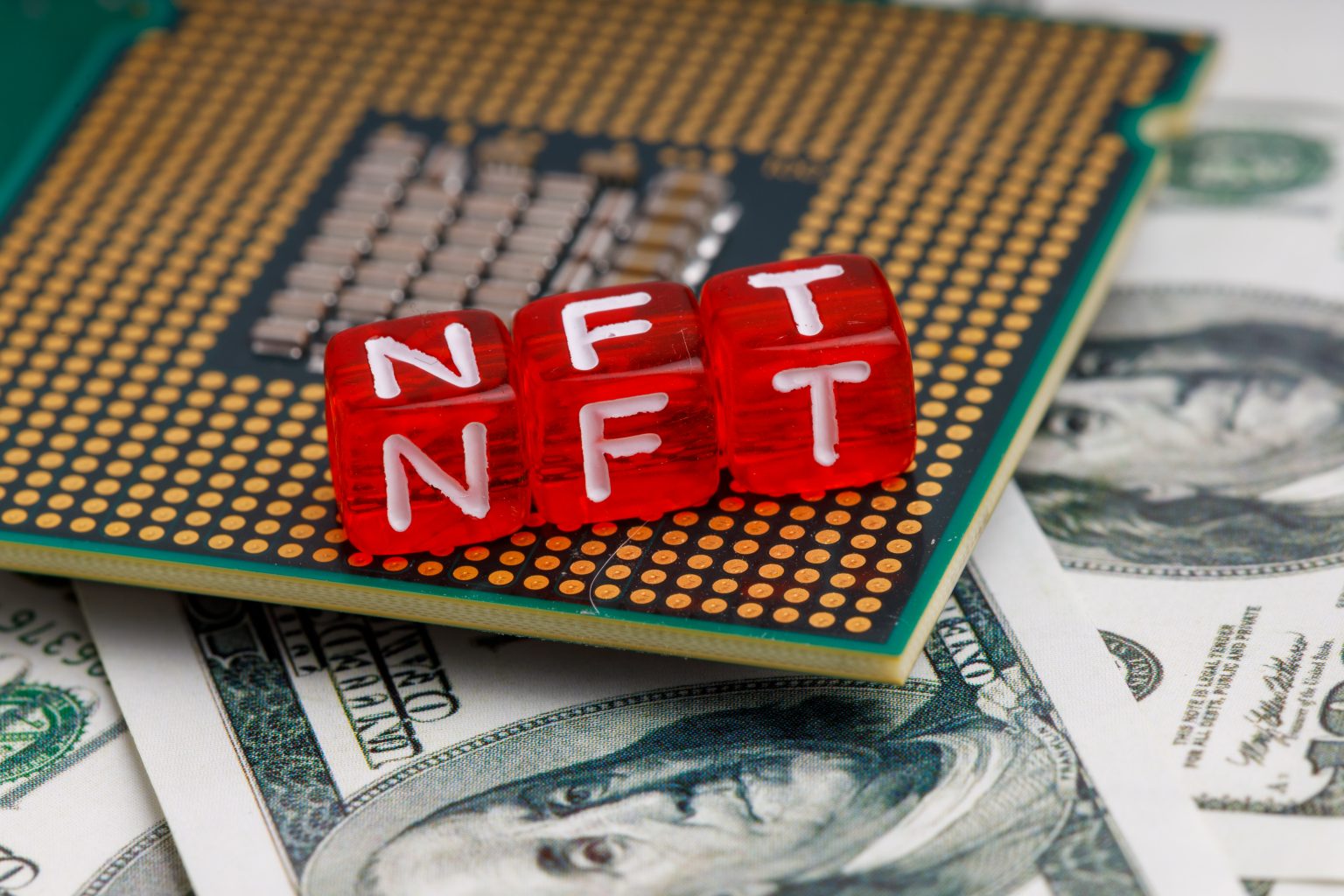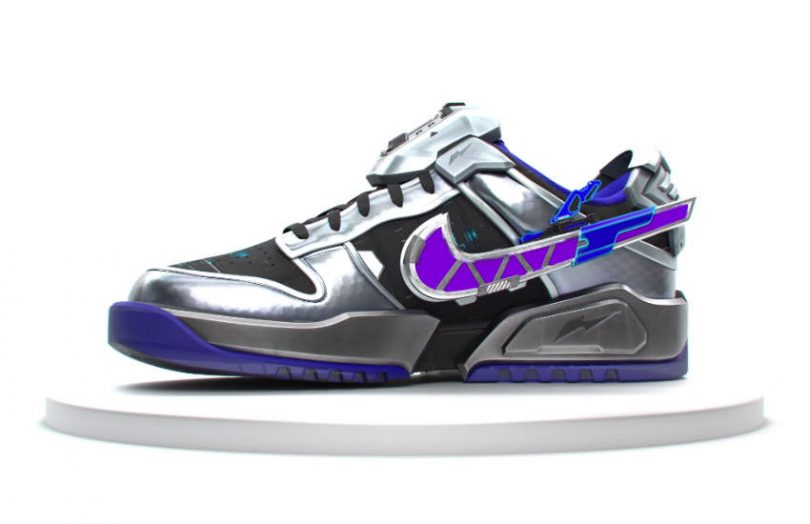NFTs exploded into world stage in 2021, birthing hypes that catapulted artists like Beeple to command a $69 million dollar price tag at Christie’s. NFTs as well as the metaverse, have been the buzzwords in marketing trends for 2021 and 2022. Since then a whole slew of artists and brands, hopped onto the band wagon and started experimenting within this space. But this scene however is still in its infancy. The world is focused on NFT trading and price speculation right now. However, marketers should start looking deeper – at the utility of NFTs and it’s possible application in marketing.
To really understand how we can use NFTs in marketing, we need to first understand how it works. And while we don’t necessarily need to go into the nitty gritty, techno jargon-riddled explanations, a working knowledge should suffice for us to dip our toes into the NFT scene.
What are NFTs
Most NFTs are a form of digital art. But what makes them unique is that digital proof of ownership, information on how to experience these NFTs, its creator and date of creation are all stored securely on a blockchain. As an example, the real value of a painting does not truly reside on the kind of paint used or the wood used in its frame. Rather, it is the signature of the artists and its verifiable authenticity that truly makes a Da Vinci original, different from its gift shop counterpart.
The digital signature is then stored as a “token” on a blockchain-like cryptocurrency. But what makes NFTs different is that it is non-fungible. They are unique. This means that one token’s value may be vastly different from other token. To illustrate this, imagine a $2 note in your wallet. This note is interchangeable with another $2 note in the same wallet or even your friends’. But a photo of your significant other in your wallet may hold a certain value to only you and maybe a handful of people you are close to. This photo also has a limited “print run”. Only a few people may have a copy of this photo.
Now turn that physical wallet into a digitally encrypted one and voila! That $2 note is your cryptocurrency, the photo – an NFT and the wallet, a crypto wallet. Currently, people are only looking at tradability and investments. Much like collectibles. But a quick look at top performing NFTs today reveal that consumers are slowly starting to demand more from NFTs than mere eye candy.
How brands have been using them
While NFTs have propelled a creator economy and truly have given control back to creators and artists, brands too have started to listen and experiment with NFTs. Let’s take a look at some of them shall we?
NFTs and NIKE x RTFKT
Those may look like random letters thrown together, but Nike’s move to purchase an NFT studio signals the brand’s commitment to innovating with digital wearables and the greater Web3 community as a whole. This resulted in the brand’s first ever digital sneakers named Cryptokicks. Firstly, they’ve also focused on the longevity and utility of NFTs in their approach to their involvement in the NFT ecosystem. Secondly, they’ve integrated their NFTs into their whole Web3 roadmap – by making kicks for their presence in the metaverse. Through this, Nike successfully tapped into the sneaker culture and found a niche in the “intersection of sport, creativity, gaming and culture,” says Nike CEO and President John Donahoe.
Adidas and NFTs
Hot on Nike’s heels (heh see what I did there?) is of course Adidas. They used NFTs as a marketing tool to give holders access to both physical wearables and other digital utilities. This collection netted the brand $23.4 million in a single afternoon! Further signalling the performance of tokens that provide both utility and aesthetics – across physical and digital.
NFT and exclusivity

The limited nature of NFTs also lend it an air of exclusivity. As such, storied winery Robert Mondavi and their foray into NFTs could be a match made in digital vineyard heaven. With only 1996 bottles in the world, each NFT of the wine unlocks a redemption of an actual bottle of wine. Coupled with authenticity verification technology built into NFTs, this also helps wine enthusiasts verify the authenticity of the wines. A godsend in an industry flooded with counterfeit wines and a glassful of win for NFT utility.
NFTs in your marketing mix
Based on just the few examples above, what really sets apart the success of brand’s marketing with NFTs is simply utility. The baseline is certainly aesthetics, sure, but consumers are demanding more for them to part with their hard earned cash. Functional NFTs, have some form of utility that could be exclusive guaranteed access to future events, physical merchandise, digital assets incorporated into metaverse platforms or all of the above!
Consider NFTs as part of your arsenal of CRM tools. Blockchain ledgers can quickly show how people have been trading or holding on to their branded NFTs. The volume of movement could give insights to how your consumers value the utility you provide in your NFTs. Giving you valuable data to optimise and customise campaigns.
This can also aid in account based marketing efforts. By growing your community of branded NFT holders, you have a guaranteed pool of consumers that already are your brand’s fans. While you craft customised campaigns for NFT holders, you are in effect building an element of exclusivity, desirability and hype for your brand. Which marketer would not want that?
NFT scene in Singapore
While the adoption of NFTs worldwide have been steadily growing, its adoption in Singapore is still relatively low. In fact, a study by Triple A shows that only 4.92% of Singaporeans own cyptocurrency. This however, can be seen as an opportunity. An opportunity for brands in Singapore to blaze the trail and make a mark in the local scene. It gives brands valuable knowledge and insights in the business applications of blockchain technologies and blockchain as a service (BAAS). Most importantly, it arms marketers with one of the integral tools to move into the burgeoning Web3 arena.
The market may now be divided on their opinions of NFTs. Whether nifty or nasty, NFTs should be seen simply as technology. A tool that when wielded with finesse, empathy, genuine storytelling, a strong foundation of the consumer journey and consumer personas, could be the nifty tool that propels your brand into Web3.







